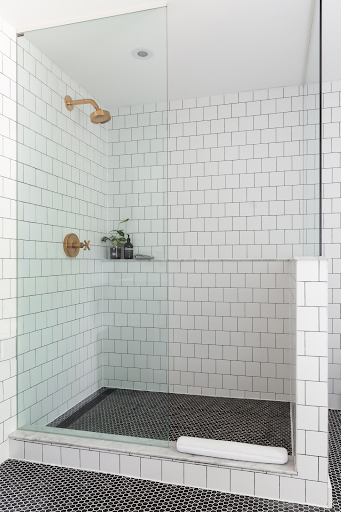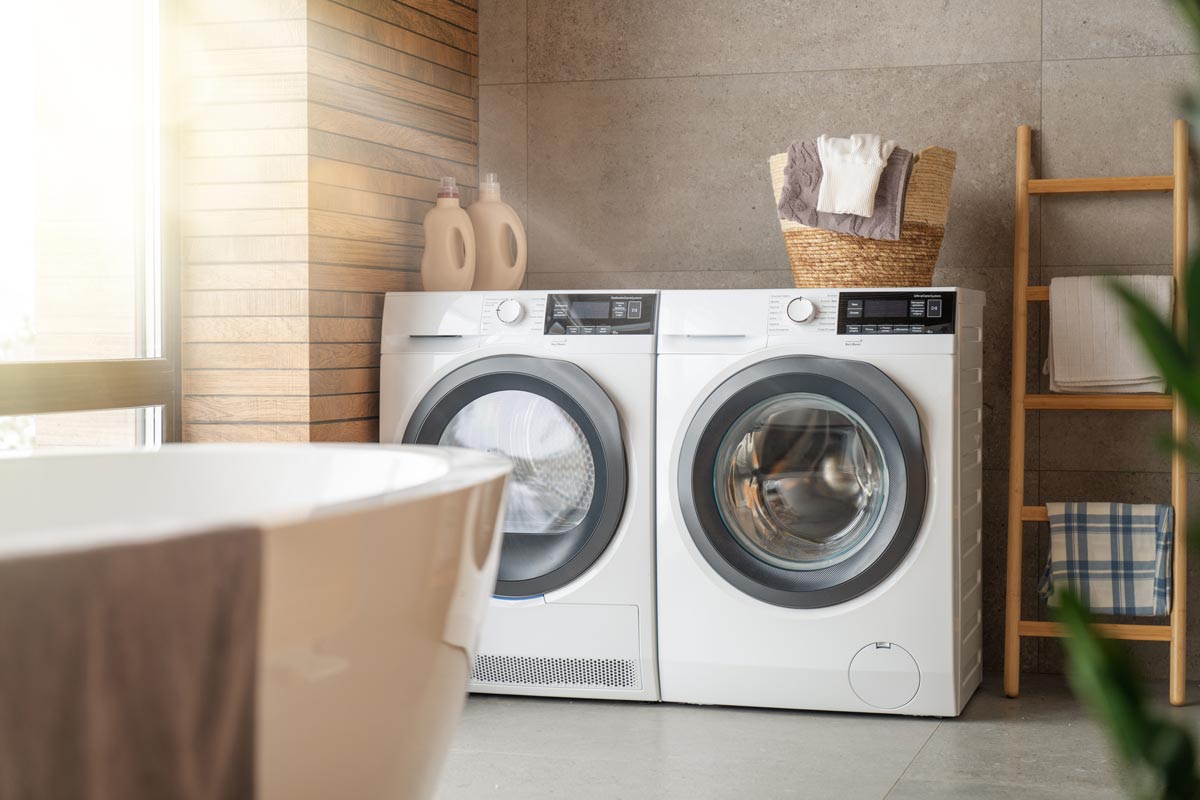A Quick History of Showers & Shower Glass
Let's take a quick trip through the history of showers from ancient bathing rituals to modern custom shower glass.
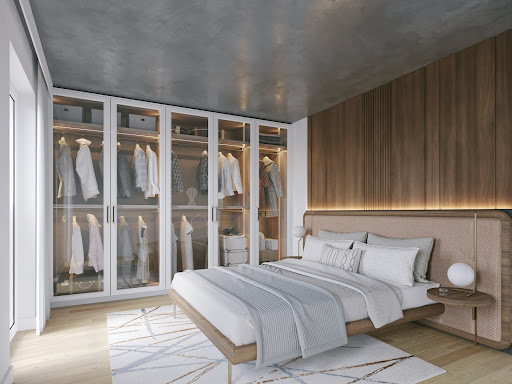
For most of us, taking a daily shower is a routine we don’t even think about – a quick twist of the knob, and warm water cascades down. But have you ever wondered how showers as we know them came to be? From primitive waterfalls to today’s sleek custom shower glass enclosures, the history of showers is a fascinating journey spanning thousands of years.
A Brief History of Showers and Custom Shower Glass
In this article, we’ll take a trip through time to see how showers evolved and how shower glass eventually became a stylish staple in modern bathrooms.
Ancient Showers
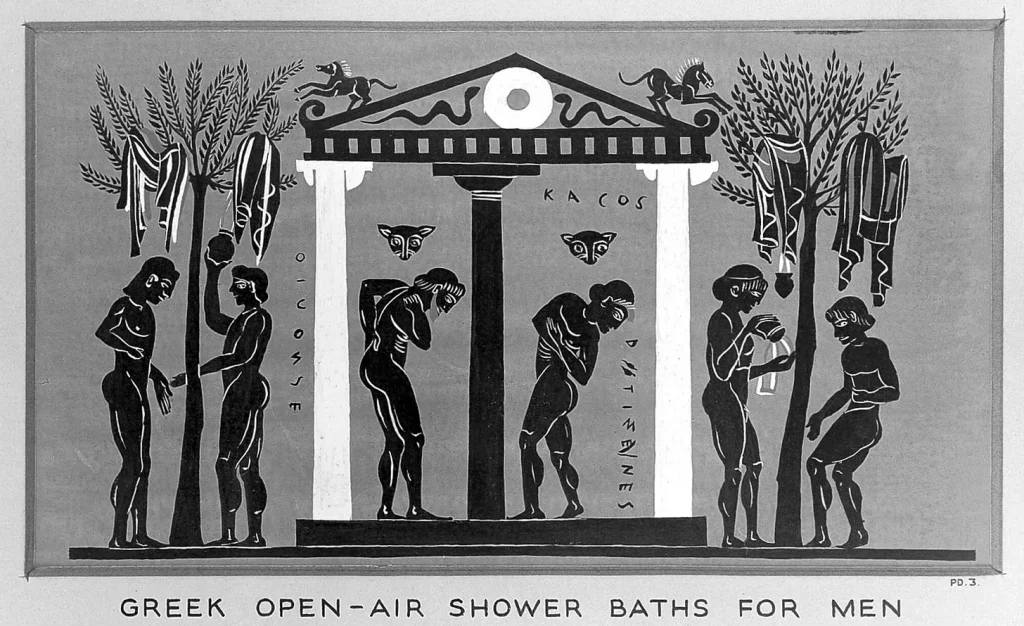
Long before plumbing or bathrooms existed, nature provided the first showers. Early humans discovered that standing under a waterfall was an effective way to get clean – essentially the original “shower” experience.
Rather than laboriously filling containers or sitting in still water, our ancestors could let gravity and flowing water do the work. It’s easy to imagine the relief of cool, fresh water pounding down after a long day of hunting or gathering.
As civilizations emerged, people began devising their own ways to replicate that waterfall effect. The ancient Egyptians and Mesopotamians are credited with creating the first human-made showers in a very rudimentary form.
How did they manage it? Typically, a servant would pour jugs of water over the bather who stood in a basin, mimicking a shower from above. Only the wealthy could afford such a personal “rainfall,” of course.
Around the same era, the ancient Greeks took things a step further. They engineered some of the earliest plumbing systems – including aqueducts and drainage – to supply water for public bathing facilities.
In Greek gymnasiums, one could rinse off under spouts fed by piped-in water, essentially creating communal shower rooms. This was a big leap in convenience and hygiene for the time.
The Romans, inspired by the Greeks, became famous for their bathhouses and advanced water systems.
While Roman baths were more like pools and steam rooms than stand-up showers, they did feature ingenious plumbing, heating, and sewage removal that set the stage for future bathrooms.
Rome’s public bathhouses had running water, drains, and even sometimes water flowing from elevated pipes – not far off from a shower setup.
Most of this bathing tradition ceased as the Roman Empire fell apart.
In the Middle Ages, regular bathing (let alone showering) fell out of favor in Europe; people tended to wash infrequently, and the idea of a dedicated shower stalled for centuries
The First Modern Showers
By the 18th century, attitudes toward cleanliness started to change again. Scientific and medical understanding was improving, and more people saw the health benefits of bathing.
In 1767, an English stove maker named William Feetham invented what is often considered the first modern mechanical shower.
His contraption was quite a clever device for its day: it involved a large basin or tub at the bottom, a hand pump, and an overhead tank. To use the shower, you would pump water into the tank and release it from above with a chain.
This early shower used much less water than filling a bathtub, but there was one big downside – it recycled the same water over and over. Understandably, not everyone was thrilled about that part.
Just a few decades later, around 1810, the English Regency Shower was introduced, marking another leap forward in shower design.
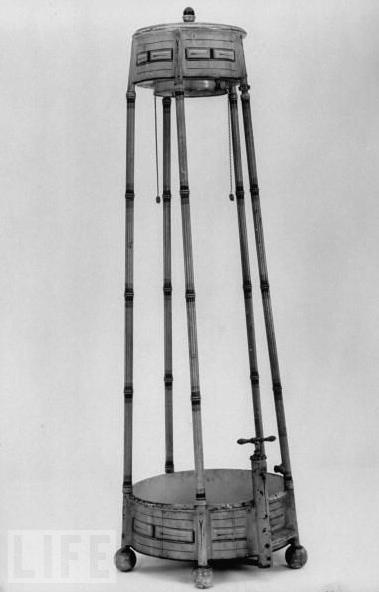
This contraption (shown above) stood roughly 10–12 feet tall and featured a metal frame painted to look like bamboo. It had a large bucket-like basin on top and a nozzle below. A person could pump water to the top and then stand under the nozzle for a makeshift shower spray.
The Regency shower improved on Feetham’s model by allowing servants to add hot water to the upper tank, providing a warmer and more comfortable experience.
These devices were expensive and used mostly by the upper class, but they demonstrated that the concept of a home shower was workable.
The mid-19th century brought a critical development that propelled showers from quirky inventions to practical household fixtures: indoor plumbing.
By around 1850, modern sewer and water supply systems were being installed in cities, meaning homes could have a piped-in water source.
From Plumbing to Popularity
Once plumbing infrastructure was in place, the stage was set for showers to enter the mainstream. In the early 20th century, society gradually embraced the idea of frequent showering for cleanliness and convenience.
Innovators and public health officials promoted showers as a hygienic, efficient alternative to baths – great for places like military barracks, boarding schools, and sports facilities where lots of people needed to wash in turn.
By the 1920s and 1930s, showers had started catching on in the United States beyond just communal settings. More ordinary homes were built with dedicated shower stalls or shower attachments in the tub.
Technology was also improving to make daily showering more pleasant. Water heating became easier and safer. Early tank-based water heaters and later tankless heaters (or electric showers) meant you could get a reliable flow of hot water without boiling it on the stove.
By the 1970s, many households in places like the UK and North America had access to hot running water. This naturally encouraged more frequent showers.
People were discovering that a quick, invigorating shower could fit into their daily routine much better than a drawn-out bath. And importantly, showers were shown to be more water-efficient. Then, a typical bath could use 50–70 gallons of water, whereas a quick five-minute shower might use around 10–15 gallons.
This efficiency, combined with the time savings, helped solidify the shower’s place in modern life. By the 1980s, taking a daily shower was common practice much of the population. This was a far cry from the once-a-month bath of medieval Europe!
The Advent of Custom Shower Glass
Even as showers became common, one thing hadn’t changed much: the way we kept water inside the shower. Up through the mid-20th century, a humble shower curtain enclosed the typical home shower (often installed over a bathtub).
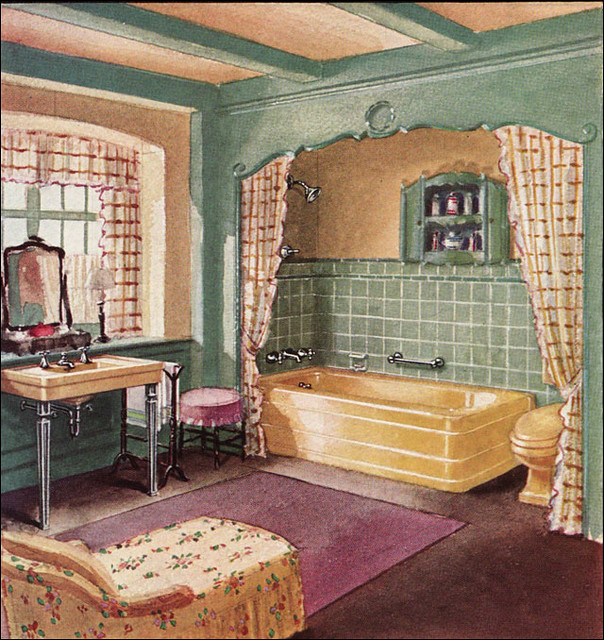
Curtains did the job but could be messy, prone to mold, and less than elegant.
The idea of a glass enclosure for showers was intriguing – it could make the bathroom feel larger and brighter and contain water more effectively. However, early 20th-century technology wasn’t quite ready.
Regular window glass would shatter far too easily in a busy bathroom environment, especially with temperature changes from hot water.
Stronger Glass
The breakthrough came with the invention of safety glass. In 1903, French chemist Édouard Bénédictus discovered that a coating of cellulose could keep shattered glass pieces stuck together, creating the first laminated safety glass.
Around the same time, others developed tempered glass, a process of strengthening glass with heat and chemical treatments.
These new types of glass were much harder to break and could withstand heat and impact – ideal traits for a shower environment
By mid-century, safety glass was being used in car windshields, windows, and more, paving the way for its use in bathrooms.
Finally, in the 1960s, safety glass was used for shower enclosures. In 1963, an Ohio-based company became the first to manufacture a shower stall with transparent glass walls and a door.
Tempered glass was the material of choice because it is about five times stronger than ordinary glass of the same thickness.
Shower Glass Frames
These early glass shower enclosures all had metal frames supporting the glass, partly because the hardware technology for truly frameless glass hadn’t evolved yet and partly to reassure consumers about safety.
But even with frames, the effect was striking – a glass shower gave a bathroom a modern, open look that a clinging plastic curtain simply couldn’t match.
Homeowners initially loved glass shower doors for their practical benefits: they kept water off the floor (no more soaked bath mats) and were easier to wipe clean.
Plus, the transparent walls allowed light to flood the shower area, making small bathrooms feel a bit more spacious. Soon, people noted this aesthetic upgrade, too.
A glass shower enclosure could show off stylish tilework and made the whole room feel more luxurious.
Following their debut, glass shower doors grew in popularity through the latter half of the 20th century. By the 1980s and 90s, many homeowners were swapping out their old curtains for sleek glass doors.

New design options emerged, like sliding glass doors for tub-showers and corner shower units for compact bathrooms. The trend was clear: people were investing in nicer bathrooms, and a glossy glass shower was a desirable centerpiece.
Frameless Glass and Modern Innovations
As styles progressed, the next big thing in shower enclosures came about in 1970: the introduction of frameless glass shower doors.
Instead of heavy metal frames around every panel, frameless designs use minimal hardware and rely on the strength of tempered glass itself. The result is a cleaner, almost invisible look – just sheets of crystal-clear glass enclosing the shower.
Early frameless showers in the 1970s were a luxury feature, found mostly in high-end, architect-designed homes.
Without the frame, bathrooms looked larger and more open, and you could show off all that beautiful tile or marble in the shower.
Frameless designs also meant fewer nooks and crannies for grime to build up, making cleaning easier (no more scrubbing gunky metal tracks).
By the 2010s, frameless glass had gone mainstream – even mid-priced homes began featuring frameless or semi-frameless showers.
Shower glass has continued to evolve in recent years with modern innovations. Homeowners today can choose from a variety of glass styles and high-tech options to customize their showers.
In short, the showers of today are a far cry from a cave dweller standing under a waterfall.
Conclusion: Your Custom Shower Glass Awaits
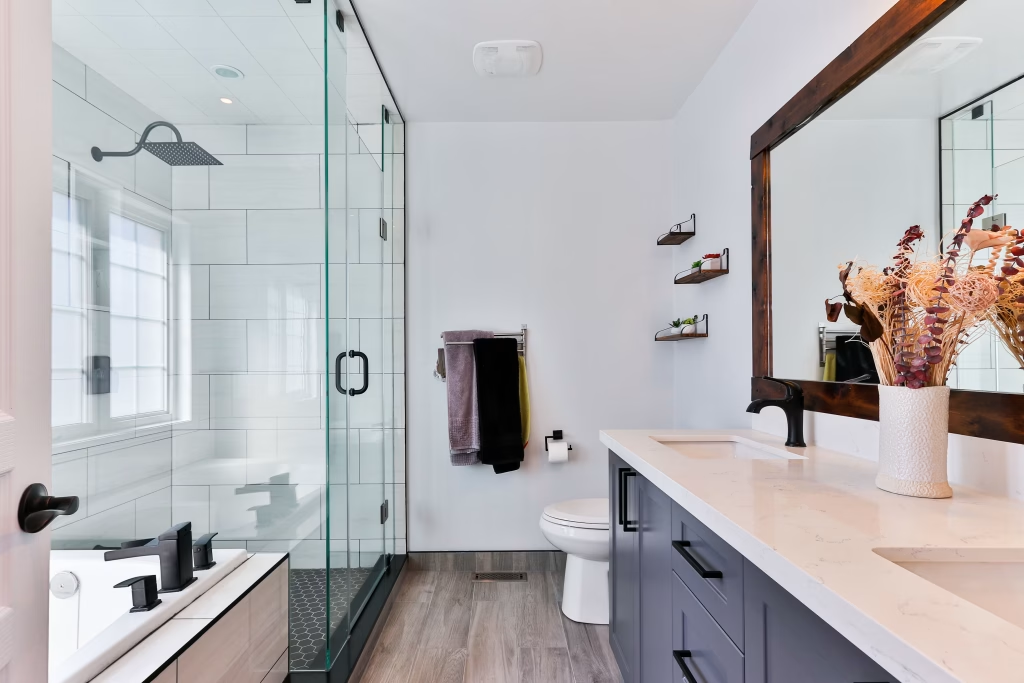
If reading about this history makes you want to upgrade your own shower, why not take the next step? Our team is here to help you design a custom shower glass design exclusively for you.
Contact us today to discuss your ideas and get a free consultation. We’ll work with you every step of the way to design a shower that fits your style and needs perfectly.

